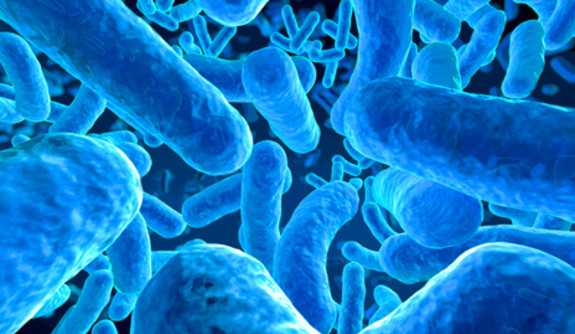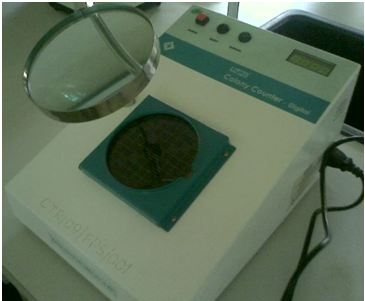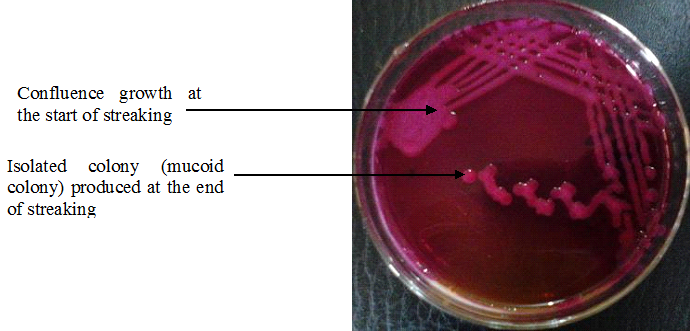Pathogenic bacteria produce numerous enzymes that help to increase their pathogenicity and/or virulence during an infection. These enzymes are extracellularly produced, and they are unique features of some pathogenic bacteria that help in their pathogenicity and virulence in their host.
Extracellular enzymes help in the disease forming process of pathogenic bacteria even though they may not be directly toxic to the invaded host. Examples of extracellular enzymes produced by pathogenic bacteria, and which increases their invasiveness during an infection include coagulase, beta-lactamases, hyaluronidase, staphylokinase, lecithinase, streptokinase (fibrinolysins) and collagenase.
- Coagulase: Coagulase is a blood-coagulating enzyme produced by some pathogenic bacteria (e.g. Staphylococci). By forming clot, coagulase help to protect pathogenic bacteria (pathogenic S. aureus in this case) from the action of immune system cells such as phagocytes which are supposed to destroy the invading cells. This makes S. aureus infection to persist in the body over some period of time.
- Hyaluronidase: Hyaluronidase is tissue-degrading enzymes produced by some pathogenic bacteria. It is produced by both aerobic and anaerobic bacteria including Clostridium species, Streptococci, and Staphylococci. Hyaluronidase increases the ability of a bacterial pathogen to penetrate the connective tissues of the body especially bones and muscles by hydrolyzing or breaking down hyaluronic acid (tissue cement); and this action prevents the activity of phagocytes from engulfing the invading pathogen, thus allowing the microbe to spread throughout the body.
- Staphylokinase: Staphylokinase is mainly produced by pathogenic S. aureus, and it acts by breaking down the fibrin component of blood in a process known as fibrinolysis.
- Beta-lactamases: β-lactamases are group of enzymes produced by both Gram-positive and Gram-negative bacteria; and their main function is to degrade or hydrolyze antibiotics (especially those with the beta-lactam ring such as penicillins) so that they will be inefficacious in vivo.
- Streptokinase: Streptokinase or fibrinolysin has a similar activity with staphylokinase produced by pathogenic S. aureus. This enzyme helps pathogenic Streptococcus species to spread in the tissues of the body by hydrolyzing coagulated human blood plasma. They are known to breakdown the fibrin of human blood without any effect on the fibrin of other animals.
- Collagenase: Collagenase is mainly produced by Clostridium perfringens (the causative agent of gas gangrene); and its action is to hydrolyze collagen (a protein found in fibrous connective tissues such as muscles and bones), thereby allowing C. perfringens to spread in the tissues and cause sepsis.
- Lecithinase is another enzyme produced by C. perfringens, and it has similar role with collagenase.
References
Brooks G.F., Butel J.S and Morse S.A (2004). Medical Microbiology, 23rd edition. McGraw Hill Publishers. USA. Pp. 248-260.
Madigan M.T., Martinko J.M., Dunlap P.V and Clark D.P (2009). Brock Biology of microorganisms. 12th edition. Pearson Benjamin Cummings Publishers. USA. Pp.795-796.
Prescott L.M., Harley J.P and Klein D.A (2005). Microbiology. 6th ed. McGraw Hill Publishers, USA. Pp. 296-299.
Ryan K, Ray C.G, Ahmed N, Drew W.L and Plorde J (2010). Sherris Medical Microbiology. Fifth edition. McGraw-Hill Publishers, USA.
Singleton P and Sainsbury D (1995). Dictionary of microbiology and molecular biology, 3rd ed. New York: John Wiley and Sons.
Talaro, Kathleen P (2005). Foundations in Microbiology. 5th edition. McGraw-Hill Companies Inc., New York, USA.
Discover more from Microbiology Class
Subscribe to get the latest posts sent to your email.





